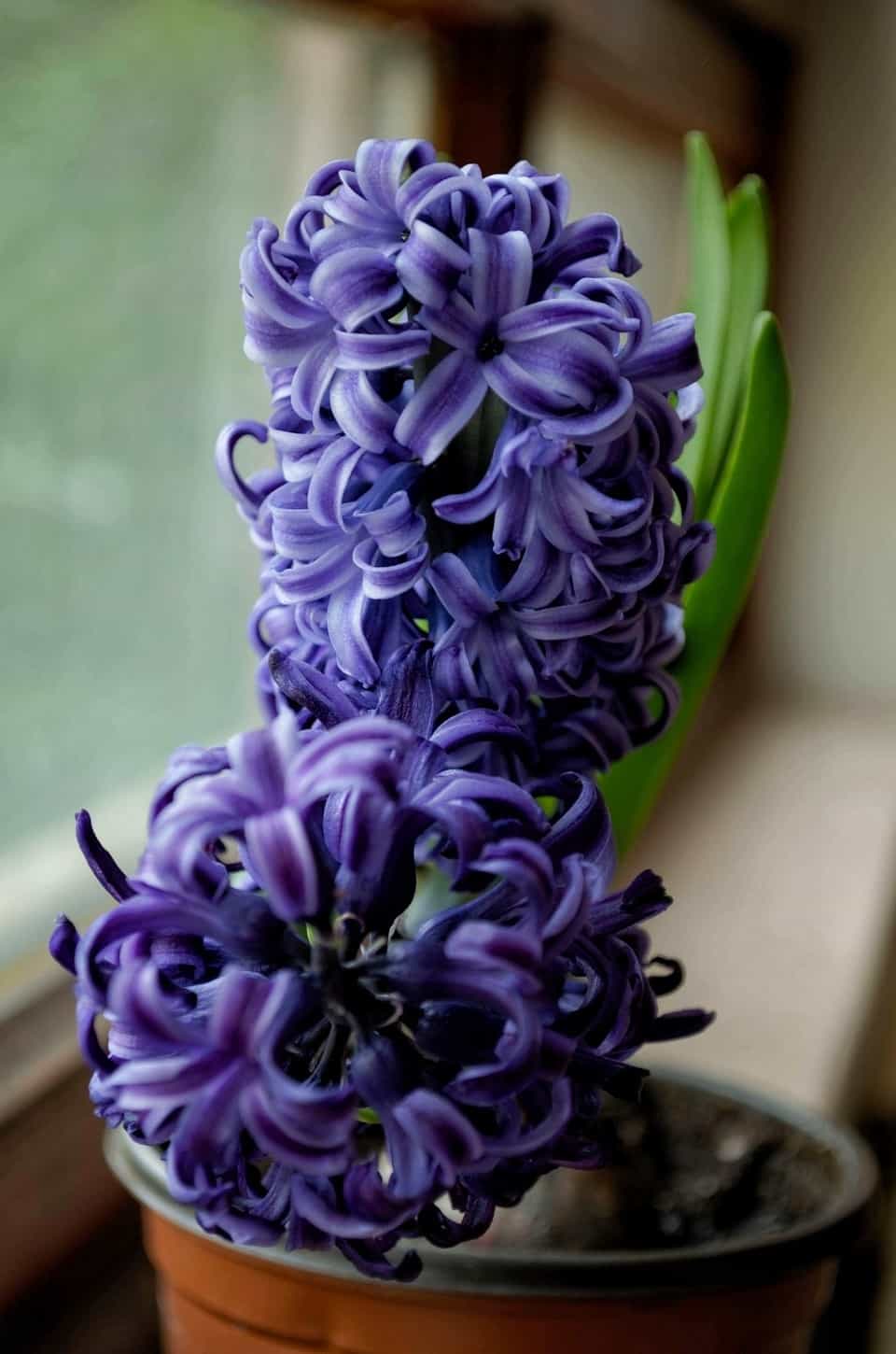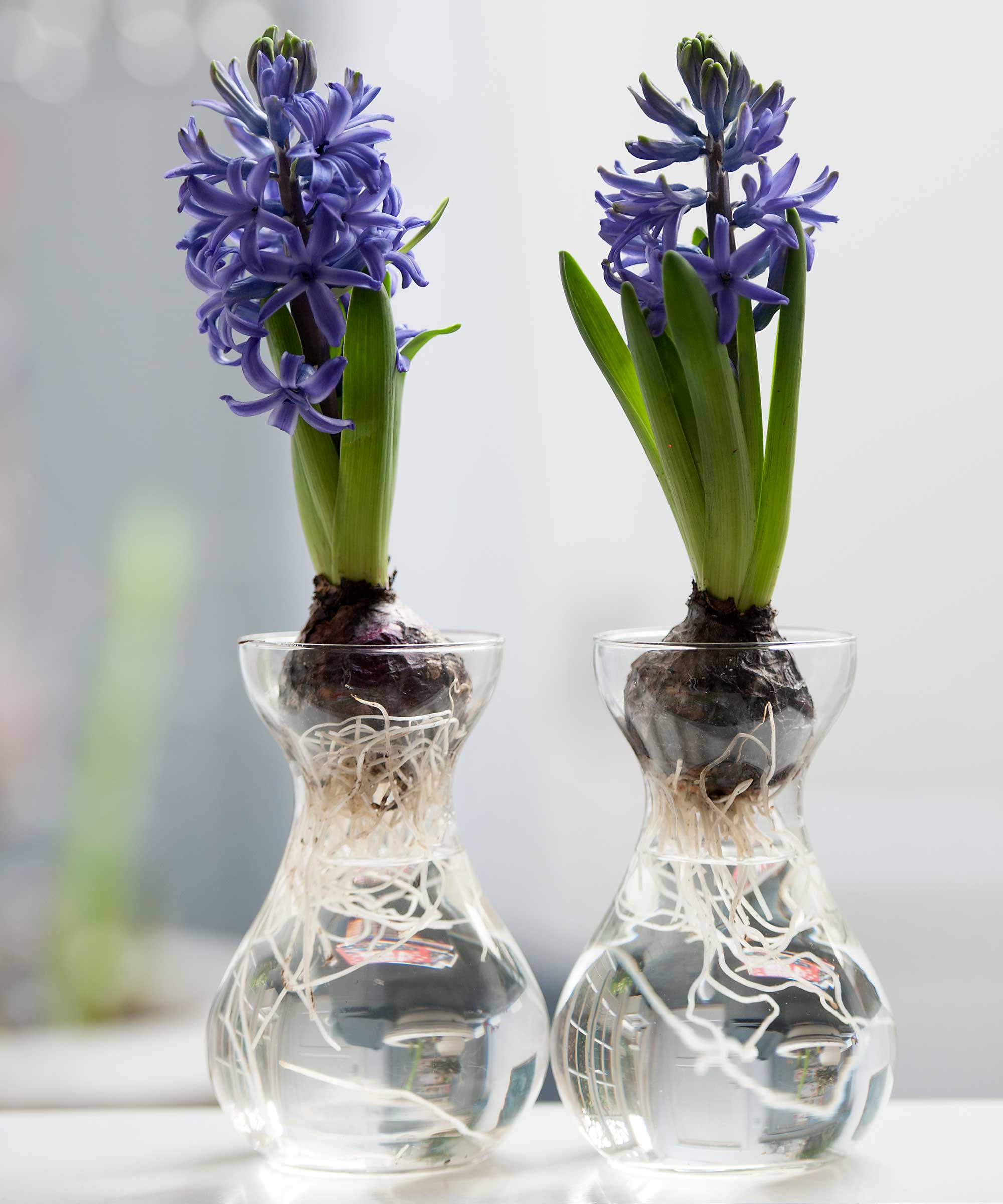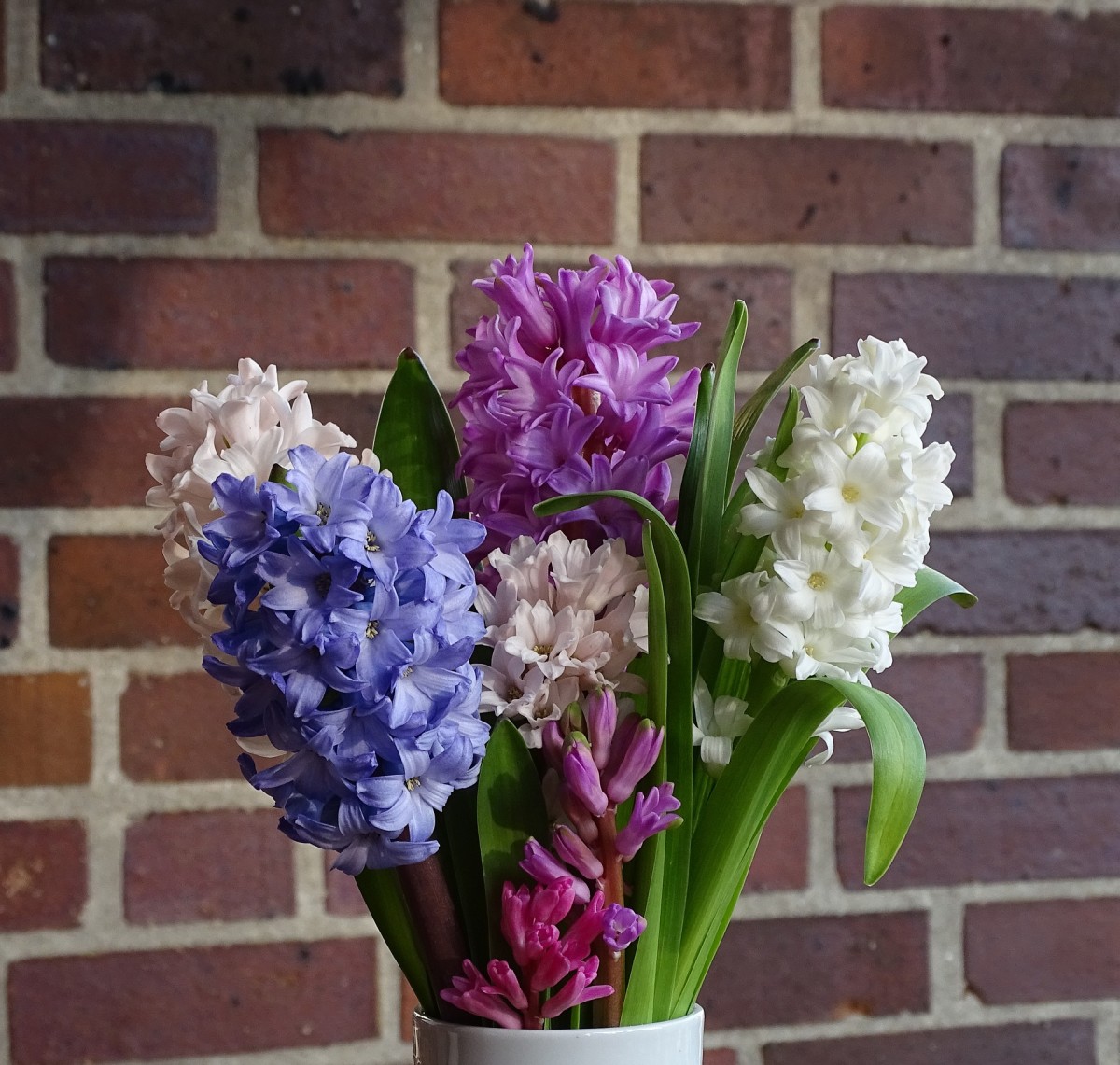Choosing the Right Hyacinth Variety for Indoor Growing
When it comes to growing hyacinths indoors, selecting the right variety is crucial for success. With so many types to choose from, it’s essential to understand the unique characteristics of each and their specific care requirements. Dutch hyacinths, for instance, are known for their vibrant colors and sweet fragrance, making them a popular choice for indoor growing. They typically bloom in the spring and require a period of cold temperatures to induce flowering. English hyacinths, on the other hand, are more compact and produce smaller flowers, but they are also more fragrant and easier to care for. Blue Jacket hyacinths are another popular variety, known for their bright blue flowers and ability to bloom in the winter months. Regardless of the variety, understanding how to care for hyacinth indoors is key to achieving beautiful blooms and healthy plants. By choosing the right variety and providing the necessary care, you can enjoy the beauty of hyacinths in the comfort of your own home.
Preparing the Perfect Potting Mix for Your Hyacinth
When it comes to growing hyacinths indoors, the right potting mix is essential for healthy growth and blooming. A well-draining mix is crucial to prevent waterlogging, which can lead to root rot and other problems. To create the perfect potting mix for your hyacinth, combine equal parts of peat moss, perlite, and vermiculite. This mix will retain moisture but allow excess water to drain, ensuring your hyacinth receives the right amount of moisture. Additionally, consider adding a small amount of fertilizer specifically formulated for bulbs to provide your hyacinth with the necessary nutrients for optimal growth. By using a high-quality potting mix, you’ll be well on your way to learning how to care for hyacinth indoors and enjoying beautiful blooms all season long.
How to Plant Hyacinth Bulbs Indoors for Maximum Success
Planting hyacinth bulbs indoors requires careful attention to detail to ensure maximum success. To start, choose a pot that is at least 6-8 inches deep and has drainage holes in the bottom. This will provide enough room for the bulb to grow and prevent water from collecting in the soil. Next, select a high-quality potting mix specifically designed for hyacinths, as discussed earlier. Plant the bulb in the pot, pointed end up, and at a depth that is 2-3 times the height of the bulb. For example, if the bulb is 2 inches tall, plant it 4-6 inches deep. Space multiple bulbs at least 3-4 inches apart to allow for proper growth. Finally, water the soil gently but thoroughly to settle the soil around the bulb. By following these steps, you’ll be well on your way to learning how to care for hyacinth indoors and enjoying beautiful blooms all season long. Remember to plant the bulbs in a cool, dark place for 4-6 weeks to allow them to develop a strong root system before moving them to a brighter location.
Lighting and Temperature Requirements for Hyacinth Care
When it comes to learning how to care for hyacinth indoors, understanding the ideal lighting and temperature requirements is crucial for optimal growth and blooming. Hyacinths require bright, indirect light to thrive, but direct sunlight can cause the bulbs to become scorched. East- or west-facing windows are ideal for providing the necessary light without exposing the plants to harsh direct sunlight. In terms of temperature, hyacinths prefer a cool environment, with daytime temperatures ranging from 65-70°F (18-21°C) and nighttime temperatures around 55-60°F (13-15°C). Avoid placing hyacinths near heating vents or radiators, as this can cause the temperature to fluctuate and negatively impact growth. By providing the right lighting and temperature conditions, you’ll be well on your way to growing healthy, thriving hyacinths indoors.
Watering and Humidity: The Key to Healthy Hyacinth Growth
Proper watering and humidity are essential components of learning how to care for hyacinth indoors. Overwatering is a common mistake that can lead to root rot and poor growth, so it’s crucial to water hyacinths carefully. Water the soil gently but thoroughly, making sure not to get water on the bulb or leaves to prevent rot. Check the soil daily, and water only when the top inch of soil feels dry to the touch. Avoid getting into a regular watering schedule, as this can lead to overwatering. Instead, monitor the soil moisture and adjust your watering schedule accordingly. In addition to proper watering, maintaining a humid environment is vital for healthy hyacinth growth. You can increase the humidity around your hyacinths by placing the pot on a tray filled with water and pebbles or using a humidifier. By providing the right amount of water and humidity, you’ll be able to enjoy beautiful, thriving hyacinths indoors.
Fertilizing Your Hyacinth for Optimal Blooming
Fertilizing is an essential aspect of learning how to care for hyacinth indoors. Hyacinths require regular feeding during the growing season to promote healthy growth and blooming. A balanced, water-soluble fertilizer is ideal for hyacinths, and it’s best to apply it once a month. Start fertilizing when the leaves and stems begin to emerge from the bulb, and continue until the flowers have bloomed. Avoid overfertilizing, as this can cause more harm than good. A general-purpose fertilizer with a ratio of 20-20-20 (nitrogen-phosphorus-potassium) is suitable for hyacinths. You can also use a fertilizer specifically formulated for bulbs, which will provide the necessary nutrients for optimal growth and blooming. When applying fertilizer, make sure to follow the instructions on the label and avoid getting fertilizer on the leaves or flowers to prevent burning. By providing your hyacinth with the necessary nutrients, you’ll be rewarded with beautiful, vibrant blooms.
Pest Control and Common Problems in Hyacinth Care
When learning how to care for hyacinth indoors, it’s essential to be aware of common pests and problems that can affect these beautiful flowers. Spider mites, mealybugs, and aphids are common pests that can infest hyacinths, causing damage to the leaves and stems. To control infestations, inspect your plants regularly and treat any infestations promptly. Isolate infested plants to prevent the pests from spreading to other plants. Use insecticidal soap or neem oil to treat infestations, and repeat the treatment as necessary to ensure the pests are eradicated. Additionally, maintain good hygiene practices, such as washing your hands before handling plants and disinfecting pruning tools, to prevent the spread of pests. Another common problem in hyacinth care is root rot, which can occur if the soil is too wet or if the pot doesn’t drain properly. To prevent root rot, ensure the pot has good drainage holes and avoid overwatering. If you notice any signs of root rot, such as soft, mushy stems or a sour smell, remove the affected plant from the pot and treat the roots with a fungicide. By being aware of these common pests and problems, you can take steps to prevent them and ensure your hyacinths thrive when learning how to care for hyacinth indoors.
Encouraging Reblooming and Post-Bloom Care for Hyacinths
After your hyacinth has finished blooming, it’s essential to provide proper post-bloom care to encourage reblooming and prepare the bulb for next year’s growth. To encourage reblooming, deadhead the flowers as soon as they fade, cutting them off at the base of the stem. This will direct the bulb’s energy towards re-growing and storing energy for next year’s bloom. Trim back the foliage to within an inch or two of the soil surface, making sure to leave some leaves to allow the bulb to continue photosynthesizing. Allow the foliage to die back naturally, which can take several weeks to a few months. During this time, reduce watering and fertilization to allow the bulb to go dormant. Once the foliage has died back, store the pot in a cool, dark place (around 40-50°F) for 2-3 months to simulate winter conditions. After the storage period, bring the pot back to a bright, cool location and begin watering and fertilizing again. With proper care, your hyacinth should rebloom the following year. By following these tips on how to care for hyacinth indoors, you’ll be able to enjoy these beautiful flowers for years to come.






:max_bytes(150000):strip_icc()/growing-and-caring-for-hyacinth-plants-1402248-12-0657f1626f3946bba6ba212865a9b17c.jpg)

